CERE Discussion Meeting 2022: After two years of pandemic, things are NOT back to normal since a wave of transition is sweeping across the energy resources sector.
Any CERE Discussion meeting will have an element of reunion – saying hello again to former colleagues, students, and professors. To Dr. Kurt Schmidt of Schlumberger this is especially true for the 2022 version:
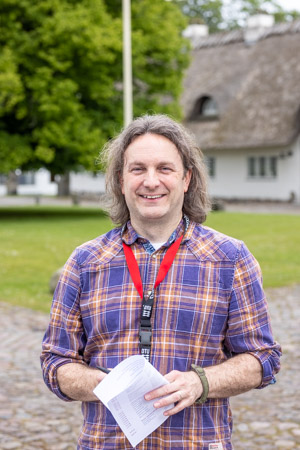 “Well, with COVID and all it is nice to be able see everybody again, face-to-face, over a cup of coffee. Furthermore, due to a general downturn for the industry we paused our membership of the CERE industry Consortium. Now we are back – we still see a value of our engagement.”
“Well, with COVID and all it is nice to be able see everybody again, face-to-face, over a cup of coffee. Furthermore, due to a general downturn for the industry we paused our membership of the CERE industry Consortium. Now we are back – we still see a value of our engagement.”
Schlumberger is the world’s largest service provider for the energy sector.
“The membership in general and this conference in particular is an opportunity for us to provide input on the future research projects within thermodynamics and transport properties both fundamental and applied.”
While the core business of Schlumberger remains traditional hydrocarbon field services, several other areas have become of interest in recent years.
“Hydrogen, CCUS (carbon capture, utilization, and storage), energy transition – just to name a few. I am happy to see that these topics are all prominently addressed at the conference. That wasn’t so much the case when I was here the last time, four years ago. It is nice to see CERE addressing these fields with confidence – showing that “we know how to do this”. It is apparent that the gauntlet has been picked up,” Kurt Schmidt comments.
Broadening the scope
IFP Energies Nouvelles (IFPEN) is a long-standing member of the CERE industry consortium. IFPEN is a private group created by the French state and relying both on public and private funding. Most of the private income originates from sales of subsidiaries, based on license agreements for patented inventions.
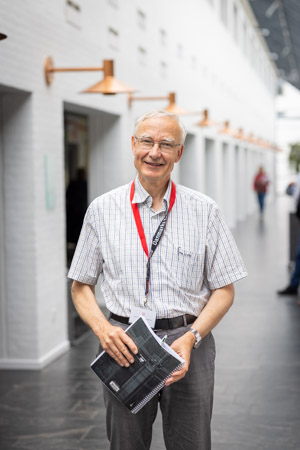 “Coming originally from oil and gas exploration and use, we - just like many energy corporations, and like CERE - are broadening our scope to encompass for example new energy sources (bioresources, wind or geothermal energy), carbon capture and storage technologies, energy storage technologies (hydrogen economy, gas storage in salt caverns or batteries) and increasingly the circular economy (recycling of polymers or metals). These applications require processes in sometimes extreme conditions, and therefore an advanced understanding of thermodynamic modelling tools,” says Dr. Jean-Charles de Hemptinne, IFPEN.
“Coming originally from oil and gas exploration and use, we - just like many energy corporations, and like CERE - are broadening our scope to encompass for example new energy sources (bioresources, wind or geothermal energy), carbon capture and storage technologies, energy storage technologies (hydrogen economy, gas storage in salt caverns or batteries) and increasingly the circular economy (recycling of polymers or metals). These applications require processes in sometimes extreme conditions, and therefore an advanced understanding of thermodynamic modelling tools,” says Dr. Jean-Charles de Hemptinne, IFPEN.
The current transformation is in accordance with societal demands, Dr. de Hemptinne continues:
“We are quite successful I would say, when it comes to finding ways to use our skills within new fields. The main challenge lies in the time horizons. In research, one needs to be able to plan many years ahead. for the minimum time is three years since this is the duration of a PhD project. However, this is not always possible. Take biofuels as an example. In the years after 2000, the interest in biofuels was high but somehow political attention evaporated when the competition with the food markets became too strong. Something similar happened to carbon capture – which now has reentered the scene to make a strong comeback. These fluctuations are challenging since it typically takes some years to get from research to a level which can be applied in industry.”
A business card in Arabic
Possibly as the only participant at the CERE Discussion Meeting 2022, Ioannis Economou can present a business card in Arabic. He is Professor of Chemical Engineering at Texas A&M University, USA, but working out of the Qatar campus in Doha.
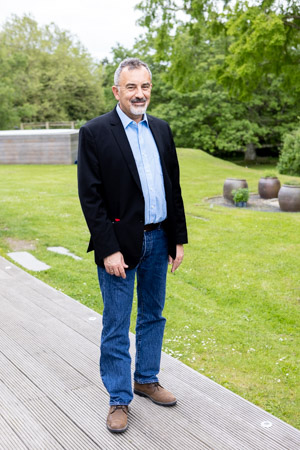 “To my mind, the most important thing is that we as thermodynamics researchers continue to work closely with industry. Recent years have seen a trend where the industry thermodynamics groups are shrinking. For instance, several of the large international energy corporations have reduced the sizes of their groups. Instead, companies are relying more on university collaborations. This is a nice thing for us on the academic side. You might even say that this is a natural division of work. But it also increases our responsibility when it comes to assuring that our projects are relevant to the industrial practice.”
“To my mind, the most important thing is that we as thermodynamics researchers continue to work closely with industry. Recent years have seen a trend where the industry thermodynamics groups are shrinking. For instance, several of the large international energy corporations have reduced the sizes of their groups. Instead, companies are relying more on university collaborations. This is a nice thing for us on the academic side. You might even say that this is a natural division of work. But it also increases our responsibility when it comes to assuring that our projects are relevant to the industrial practice.”
Ioannis Economou has been associated with CERE for more than two decades. The connection was established in 1999 when he, then as Research Director in “Demokritos” Research Center in Greece, visited the research center IVC-SEP (that later transformed into CERE) where he did two sabbaticals over the following years. Later, the relationship with CERE developed further, and several students from DTU have spent time in his group and vice versa.
“Like many other groups coming from petroleum research, CERE is undergoing a transition to a broader interest which includes clean energy and sustainable processes. CERE has been successful in attracting several grants from Danish funding agencies, the EU and from industry, and is today at the forefront of these transitional technological developments,” says Professor Economou.
“Since Denmark is a small country, its implementation of new sustainable energy systems and industrial processes may not in itself have that much impact on a global scale. Still, by setting an example in these areas I believe the impact is actually very significant worldwide.”
Resuming conversations
With a dual background in chemical engineering and physics, Dr. Kurt Schmidt is the Digital Lead for System Performance where he takes care of new product development projects for Process Optimization in Facility Digital Twins at Schlumberger:
“Our work is to a high degree determined by requests from clients. For instance, we are currently working on digital twins for process facilities which monitor and optimize facility operations remotely. Optimization in these projects is subject to numerous constraints such as revenue, energy efficiencies, and emissions.”
The CERE Discussion meeting 2022 provided several presentations within digital twins, control software, and carbon dioxide capture, utilization, and sequestration which align with his current role. While these applications are useful to him, another topic remains a top priority for Kurt Schmidt:
“Although the final results of the applications are interesting, my main interest is ensuring that the underlying models - the thermodynamic and transport properties fundamentals if you will – are correct and can be utilized in an appropriate architecture for the applications.”
Having that preference, Dr. Schmidt has come to the right spot:
“This is much like meeting up with old friends. Okay, the students will come and go but the professors and many of my industry colleagues are familiar faces. It feels like we can resume conversations that have just been interrupted for a few years.”
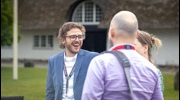
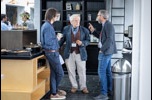
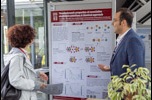
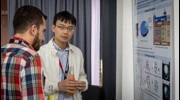
The CERE Discussion Meeting 2022 was held June 6-10 at the Comwell Borupgaard conference center in Snekkersten, Denmark.